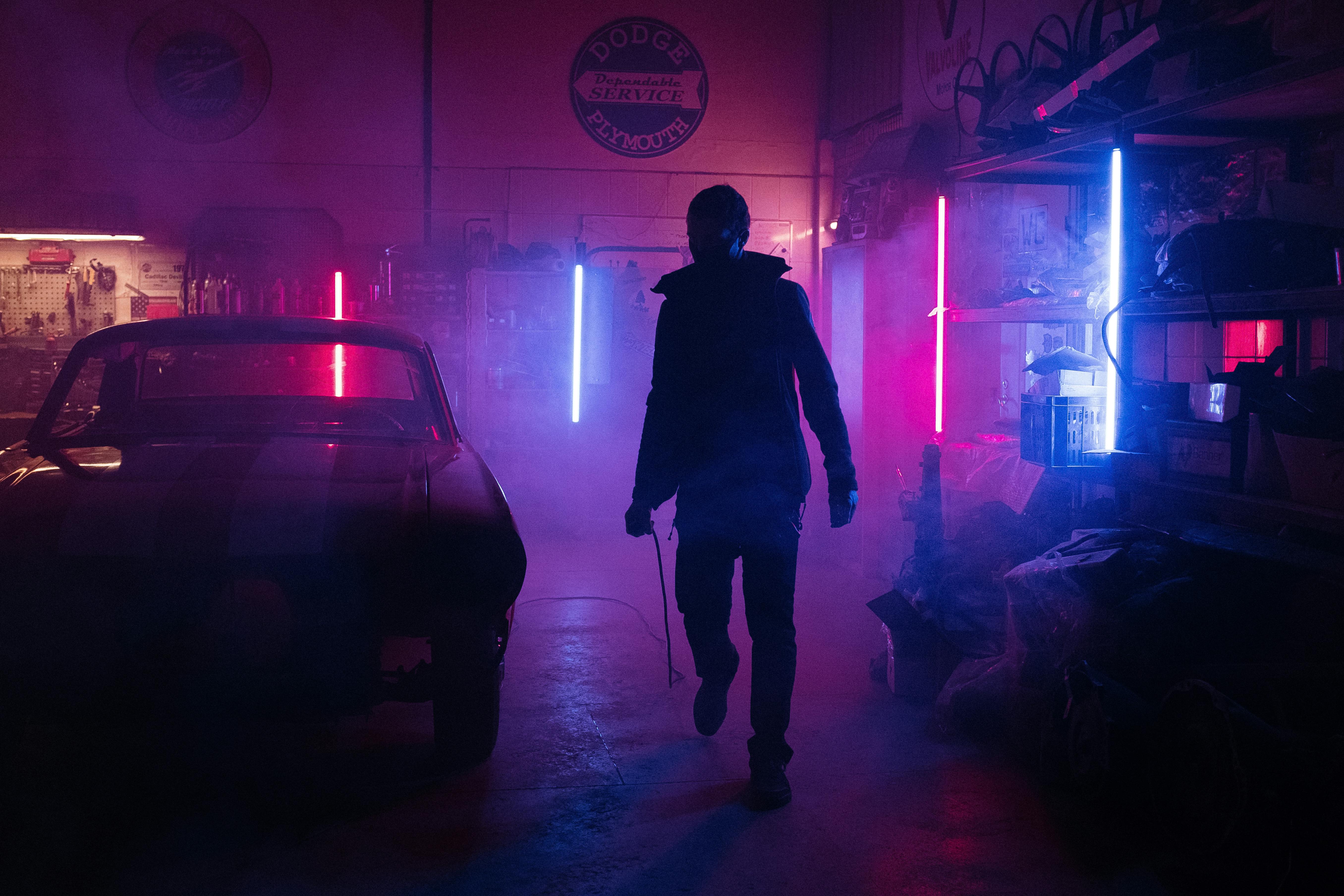
Tips for practicing sight reading
Sight reading means playing a piece for the first time. Every time you’re given a new piece of music and you check it out, you’re sight-reading. It can be very frustrating at first when you skip notes and have a hard time playing them.
Did you know that you can practice sight reading? Just like scales or pieces, sight reading gets easier the more you do it. Try to spend some time each day playing simple songs that you have never seen or heard before.
Here are some tips on how to practice sight reading:
1. Start by looking at the music without playing.
2. Play slow. You are not trying to play the piece at the correct tempo. Find the hardest spot and play the piece at the tempo you can play in that section.
3. Use a metronome to keep a steady beat. You can also count out loud.
4. Watch the music and not your hands, unless you have a big jump to play.
5. Sight-reading music should always be a little easier than the pieces you’re learning.
There are three reasons why you should practice sight reading:
1. You will learn new pieces much faster.
2. It’s fun to be able to sit down and play new music with ease.
3. You can accompany other musicians and earn money.
If you ever want to play for church or with an ensemble, it helps to be a good sight reader. Learning to recognize intervals, whether by sound, on paper, or on an instrument, is extremely useful for many reasons.
These include chord construction, improvisation, sight singing, composition, understanding and recall of keys and their related accidentals, and understanding music by playing by ear. Sight singing means singing a piece of music on first reading. Whether you’re trying to play a tune that’s in your head or on the radio, knowing your intervals eliminates most of the time spent searching for the right notes.
When you read a piece of music from left to right, you are training your eyes to see beyond the bar lines and quickly see the notes through the bars of the music, counting the beat out loud and moving towards the bar line double. The overlay information also includes reviewing what her right hand is playing, when her left hand is playing lower notes and hitting 2 black keys, for example.
I like to present flash cards to increase sight reading skills. Remember that the ultimate goal of flash cards is speed. I believe flashcards need to be displayed rapidly with increasing speed to speed up student understanding and response in identifying each card.
Flash cards can be used to a particular advantage in strengthening sight reading skills. Students are to wear them for daily drills at home. You should immediately recognize the white keys with a quick glance.
Along with sight reading, it brings continuously developing responses to fingering. Using fingering in new positions breaks the association of any finger number with any key.
The basics of recognizing the notes in treble and bass clefs and seeing if those notes repeat on the same line or space are all components of sight-reading training. Notes that go down to the next line or space should also be instantly recognizable.
You’ll succeed with enhanced sight-reading when you learn to recognize intervals by name and sound, and by their appearance on any of the staves. Have fun with these sight reading tips.